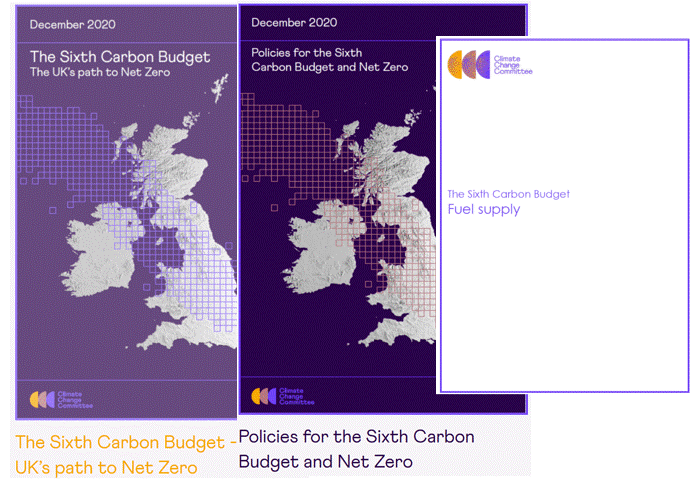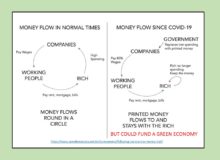unfcc explanations of Parties to the Agreement
For the Whys, Hows and Whens go to the main PARIS page and click here for the full list of Parties to the Convention and Observer State (note Palestine is the only State identified as ‘observer’).
The Convention divides countries into three main groups according to differing commitments: Annex I, Annex II and Non Annex I and generally ‘Developed Parties’ refers to Annex I and Annex II Parties.
Developed country Parties
“Developed country Parties should continue taking the lead by undertaking economy-wide absolute emission reduction targets.” (Agreement p22 4)
“Annex I Parties include the industrialized countries that were members of the OECD (Organisation for Economic Co-operation and Development) in 1992, plus countries with economies in transition (the EIT Parties), including the Russian Federation, the Baltic States, and several Central and Eastern European States. “
“Annex II Parties consist of the OECD members of Annex I, but not the EIT Parties. They are required to provide financial resources to enable developing countries to undertake emissions reduction activities under the Convention and to help them adapt to adverse effects of climate change. In addition, they have to “take all practicable steps” to promote the development and transfer of environmentally friendly technologies to EIT Parties and developing countries. Funding provided by Annex II Parties is channelled mostly through the Convention’s financial mechanism.”
Developing Parties
“Developing country Parties should continue enhancing their mitigation efforts, and are encouraged to move over time towards economy-wide emission reduction or limitation targets in the light of different national circumstances.” (Agreement p22 4) “Support shall be provided to developing country Parties for the implementation of this Article, in accordance with Articles 9, 10 and 11, recognizing that enhanced support for developing country Parties will allow for higher ambition in their actions.” (Agreement p22 5) Developing countries will receive $100bn a year by 2020 to assist with removing emissions
“Non-Annex I Parties are mostly developing countries. Certain groups of developing countries are recognized by the Convention as being especially vulnerable to the adverse impacts of climate change, including countries with low-lying coastal areas and those prone to desertification and drought. Others (such as countries that rely heavily on income from fossil fuel production and commerce) feel more vulnerable to the potential economic impacts of climate change response measures. The Convention emphasizes activities that promise to answer the special needs and concerns of these vulnerable countries, such as investment, insurance and technology transfer.
The 49 Parties classified as least developed countries (LDCs) by the United Nations are given special consideration under the Convention on account of their limited capacity to respond to climate change and adapt to its adverse effects. Parties are urged to take full account of the special situation of LDCs when considering funding and technology-transfer activities.” [note only 48 since Samoa graduated from the LDCs]
“Developing countries generally work through the Group of 77 to establish common negotiating positions. The G-77 was founded in 1964 in the context of the UN Conference on Trade and Development (UNCTAD) and now functions throughout the UN system. As at May 2014, there are 133 members in the Group. The country holding the Chair of the G-77 in New York (which rotates every year) often speaks for the G-77 and China as a whole. However, because the G-77 and China is a diverse group with differing interests on climate change issues, individual developing countries also intervenes in debates, as do groups within the G-77, such as the African States, the Small Island Developing States and the group of Least Developed Countries.”
Click here for list of 129 members of the G-77, including China and UAE.
“The Small Island Developing States (SIDS) is a coalition of some 40 low-lying islands, most of which are members of the G-77 that are particularly vulnerable to sea-level rise. SIDS countries are united by the threat that climate change poses to their survival and frequently adopt a common stance in negotiations. They were the first to propose a draft text during the Kyoto Protocol negotiations calling for cuts in carbon dioxide emissions of 20% from 1990 levels by 2005.”
Some other groupings of the Parties
Click here for unfcc description of some other groupings
“The 28 members of the European Union meet in private to agree on common negotiating positions. The country that holds the EU Presidency – a position that rotates every six months – then speaks for the European Union and its 28 member states. As a regional economic integration organization, the European Union itself can be, and is, a Party to the Convention. However, it does not have a separate vote from its members. Croatia is the latest country to join the European Union in 2013.”
“If Parties acting jointly do so in the framework of, and together with, a regional economic integration organization which is itself a Party to this Agreement, each member State of that regional economic integration organization individually, and together with the regional economic integration organization, shall be responsible for its emission level” (Agreement p23 18)
“The Umbrella Group” is a loose coalition of non-EU developed countries which formed following the adoption of the Kyoto Protocol. Although there is no formal list, the Group is usually made up of Australia, Canada, Japan, New Zealand, Kazakhstan, Norway, the Russian Federation, Ukraine and the US.”
“The Environmental Integrity Group (EIG), formed in 2000, comprises Mexico, Liechtenstein, Monaco, the Republic of Korea and Switzerland.”
“The Climate Vulnerable Forum” aim is as “a collaborative platform for vulnerable countries to address the foremost issues related to global climate change”. The 43 participating countries, such as Bangladesh and Nepal, are those most at risk from Climate Change. Hence this group was active in seeking the aspiration of 1.5°C in the Paris Agreement.
Mission Innovation Countries
“November 30, 2015, in Paris, France, issued on behalf of the Governments of Australia, Brazil, Canada, Chile, China, Denmark, France, Germany, India, Indonesia, Italy, Japan, Mexico, Norway, Republic of Korea, Saudi Arabia, Sweden, the United Kingdom of Great Britain and Northern Ireland, the United Arab Emirates, and the United States of America:” See here for full details. The inaugral meeting was held on 2nd June 2016.
“participating countries have come together to launch Mission Innovation to reinvigorate and accelerate public and private global clean energy innovation with the objective to make clean energy widely affordable. Additional countries will be encouraged to join in the future.”
“Each participating country will seek to double its governmental and/or state-directed clean energy research and development investment over five years. New investments would be focused on transformational clean energy technology innovations that can be scalable to varying economic and energy market conditions that exist in participating countries and in the broader world. Research and development projects would be designed and managed to attract private investors willing to advance commercialization.”
See also the complementary Breakthrough Energy Coalition details of partner business people.



